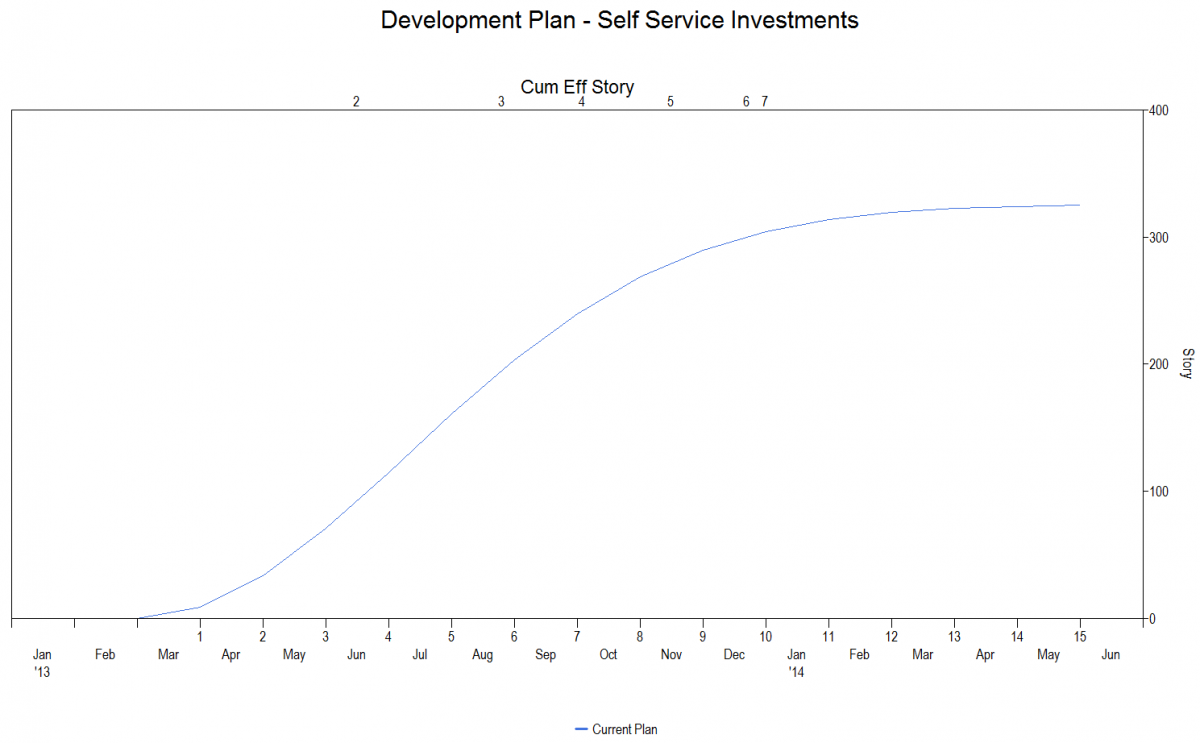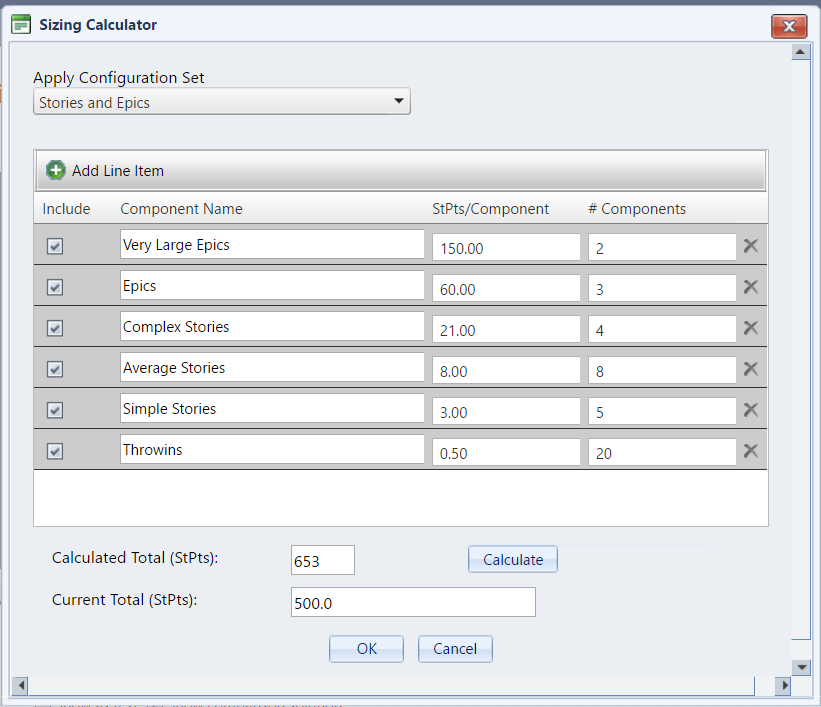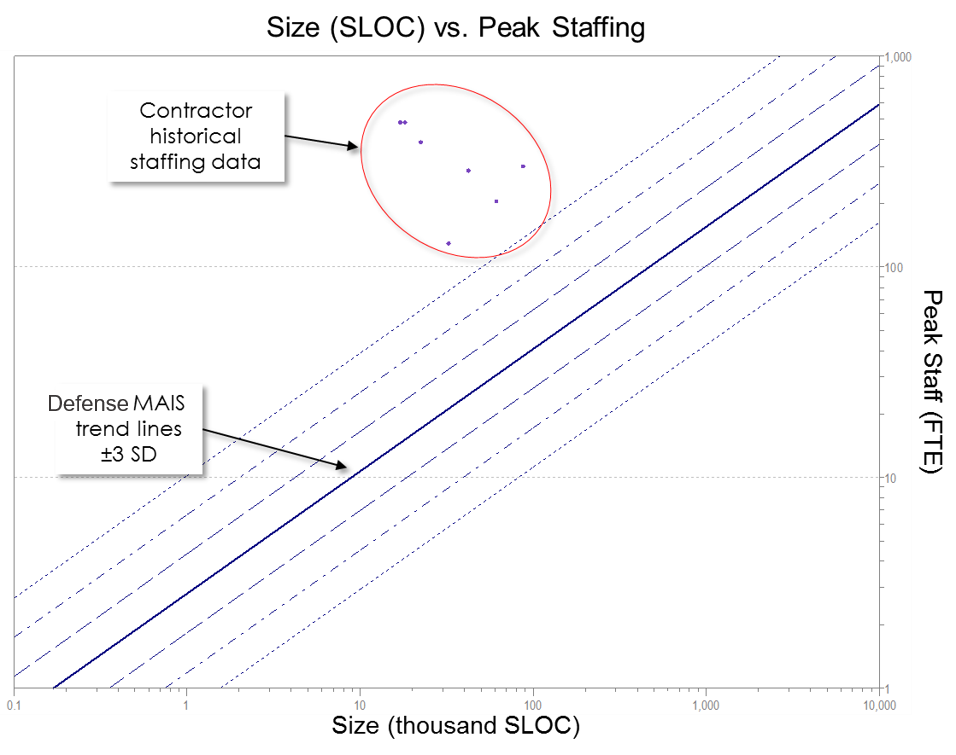New Article: Measuring Effort and Productivity of Agile Projects

QSM recently published the seventh and final article in the QSM Agile Round Table series. The QSM Agile Round Table was formed to discuss the role of estimation in agile environments. QSM customers shared their questions, challenges, and experiences on the relevance and benefits of scope-based estimation in an agile environment. Participants had several questions about measuring effort and productivity, and whether there are special issues around how to define and collect these metrics in an agile environment. In this article, Andy Berner identifies best practices for measuring effort and productivity in agile and discusses how the two are related.








